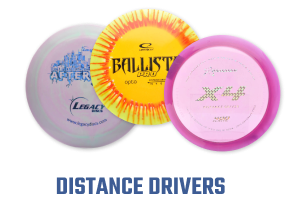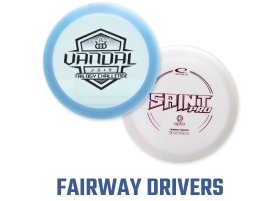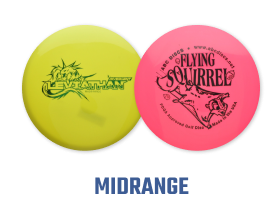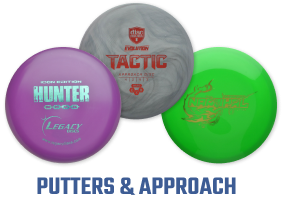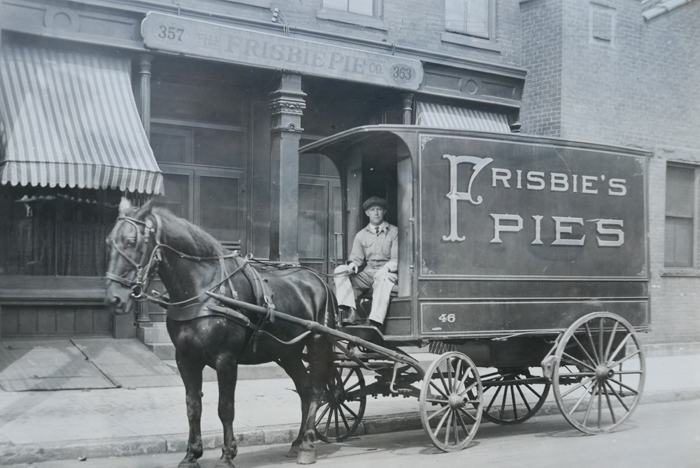
Who first played disc golf? Well, turns out the answer is a convoluted tangle of space and time. Ask people in different regions of the US and you will get different answers. People in different regions came up with various flying disc games independent of each other. Looking back, this was a progression of athletes gaining skills with the flying disc and challenging one another in competition. Let’s take a look at where it all began.
The Flying Disc is Born
The modern frisbee traces back to 1871 in Bridgeport, Connecticut. William Frisbie opened the Frisbie Pie Company and students from nearby Universities (i.e., Yale amongst others) began throwing the empty “Frisbie” pie tins back and forth for recreation. This went on for many years until a wonder material was used; plastic. An article from the History Channel website entitled “Toy Company Wham-O Produces First Frisbees” explains the next step in flying disc development;
“In 1948, Walter Frederick Morrison and his partner Warren Franscioni invented a plastic version of the disc called the “Flying Saucer” that could fly further and more accurately than the tin pie plates. After splitting with Franscioni, Morrison made an improved model in 1955 and sold it to the new toy company Wham-O as the “Pluto Platter”–an attempt to cash in on the public craze over space and Unidentified Flying Objects (UFOs).”
The stage was set for the flying disc to be taken to the next level.
The Godfather
Enter “Steady” Ed Headrick. Headrick wanted to work for Wham-o in the early 1960s but they were not hiring at the time. He was very persistent and offered his services free of charge to prove his aptitude. He certainly proved his worth. Headrick was officially hired in 1964 as the head of research and development where he experimented with various combinations of plastics and rubber. He then turned his gaze towards improving the Pluto Platter. One of his main additions to the flying disc was called the “Rings of Headrick.” These were a band of raised ridges that stabilized flight so that a disc could be thrown with greater velocity while still maintaining accuracy. On December 26, 1967, Headrick received a patent (U.S. Patent No.: 3,359,678) for his flying disc.

With the newfound capability of this frisbee, many disc-centric sports emerged. They included, but were not limited to, GUTS, ultimate frisbee, freestyle, double disc court, canine disc, 500, and crosbee. The Frisbee provided the perfect medium for a cross between competition and innovation.
Headrick was then ready to create an individual sport with his frisbee. With this in mind, he invented the first disc golf company in 1976. He named his company DGA (Disc Golf Association) and used it to promote the installation and use of disc golf courses around the world. Around this time he also created the PDGA (Professional Disc Golf Association). With his new company and governing body he traveled as our sports Johnnie Appleseed and spread enthusiasm for disc golf far and wide.
Then, in 1977, came the invention that would change the sport forever. Steady Ed invented the “Disc Pole Hole.” This piece of equipment included a central metal pole with chains that draped down above a basket that sat about 36 inches off the ground. Players no longer had to throw at objects or into nets for a hike to be complete. This legitimized the sport and allowed discs to be caught by the target from all angles. As a direct result of this invention, more courses began to sprout up all over the world. The vast majority of the courses that were put into place were from direct inspiration from Steady Ed. This is still true of courses to this day.
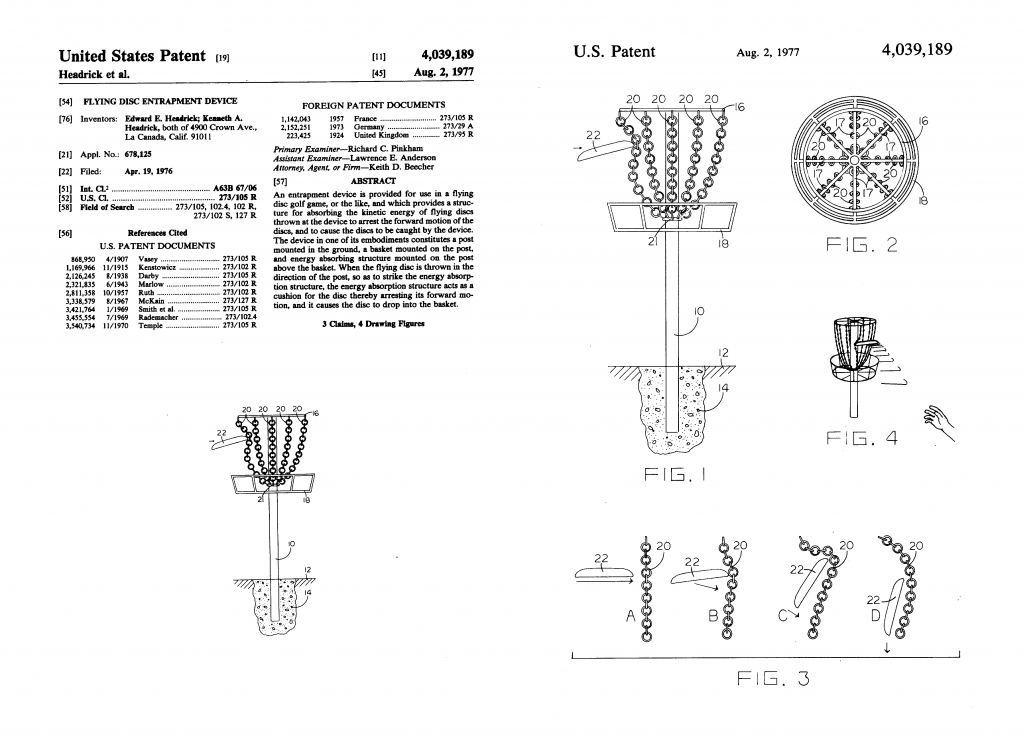
Course Development
Through Steady Ed’s travels, many people were turned on to disc golf. Next, they realized there were no courses in their area. This led to the formation of a multitude of disc golf clubs. Many of these clubs then drew up course plans and presented them to local park agencies to get courses in the ground. As a result, individual clubs developed relationships with their local government and courses began to sprout up the world over. This is still the main channel for course development.
Today, there are over 7,000 disc golf courses installed throughout the world. 7,000!!! How did this happen? Through the effort of countless individuals and clubs, we have arrived at a time where courses are abundant. Simply take a look at the website “UDisc” to find a course near you.
Modern Day Disc Golf
Currently, there are over 50,000 active members in the PDGA. This number has steadily increased since the organization’s inception and shows no signs of slowing down. In fact, quite the opposite. Due to the sport’s ease of entry, outdoor enjoyment, and relaxed playing style disc golf is currently seeing a massive acceleration of players. Think about our current situation in the world with COVID-19. What better way to spend a socially distanced afternoon than at your local disc golf course with your friends?!
While it is difficult to quantify exactly how many people currently play, take a look on YouTube and you will see tangible viewership numbers showing our sport’s growth. The leading media producer is JomezPro. It took them over six years to get to 100,000 subscribers in 2019. Just one year later they currently have over 235,000 subscribers. People are paying attention.
From the Flying Saucer to “Steady” Ed Headrick to your local club, disc golf has enjoyed a wild journey and steady growth through the years. Whether you are a weekend warrior or a seasoned professional, we can all thank the early pioneers of our sport. The next time you tee off at your local course appreciate the effort it took to get that course in the ground. Then let the disc fly and imagine where this wonderful sport is headed!

